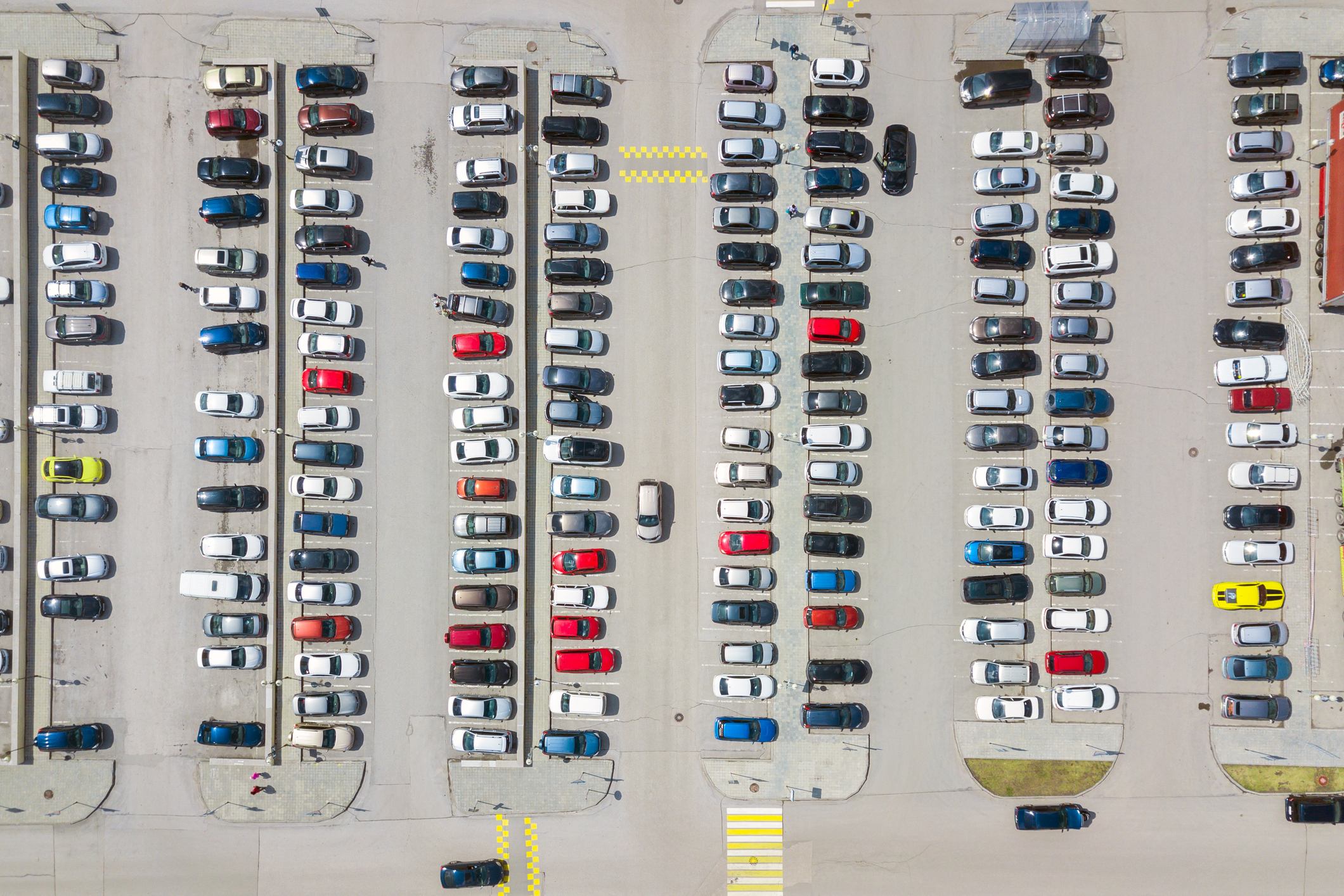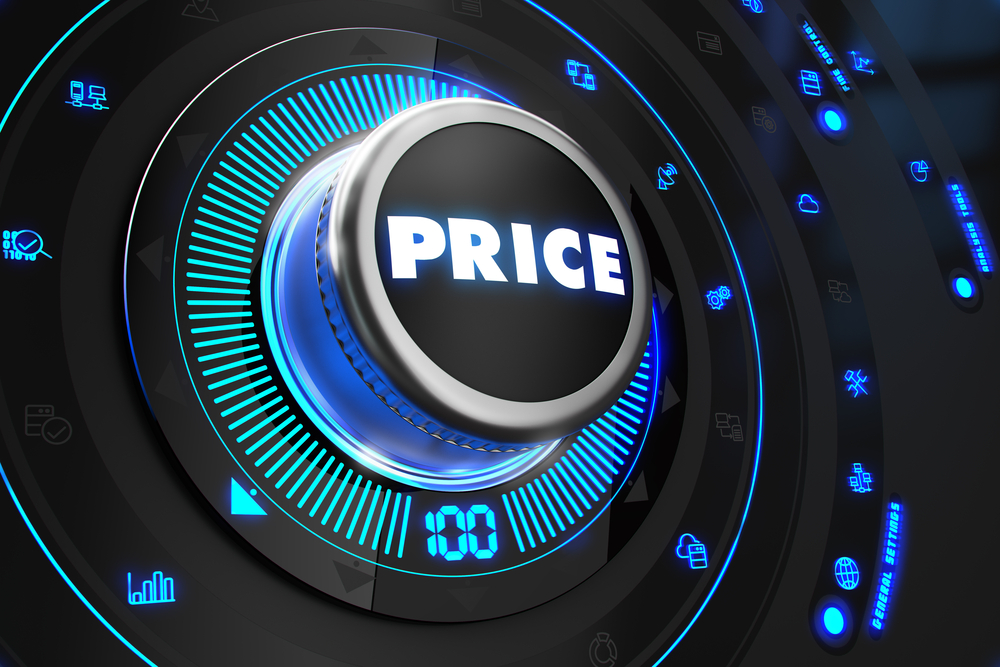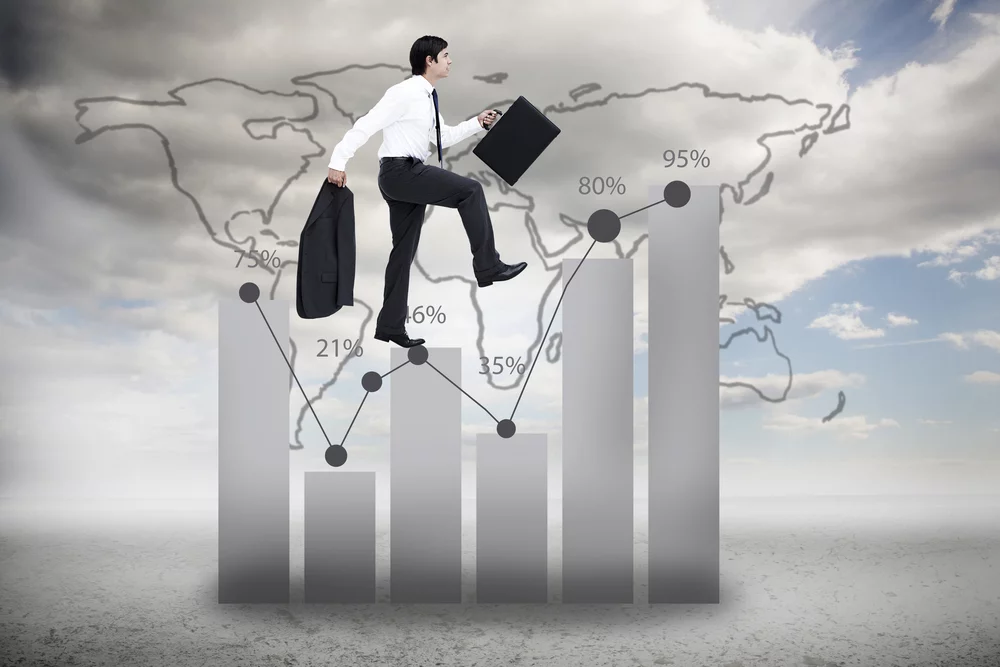Decision Automation: How AI Helps Companies Move From Analytics To Action | Forbes
Forward-thinking CEOs have embraced business intelligence tools and big data, and many are considering how they can utilize artificial intelligence (AI) and predictive analytics. But analysis alone doesn’t always go far enough. To catch up to industry leaders like Amazon, Netflix, Google and others, I believe executives need to think beyond analytics and move toward the automation of decisions and resulting actions. This part of the Analytics Spectrum is what Gartner calls decision automation. As the CEO of a pricing decision software company, I know decision automation isn’t for every company — but if you have large quantities of clean data and intensive business processes that involve repetitive, predictable tasks, it may be for you.
Where does decision automation fit?
Companies take thousands of tactical actions every day. Every retailer from the corner bodega to Walmart reorders inventory, changes prices and offers promotions. The automation of day-to-day decisions can transform not only operational efficiency but also customer experience, which can significantly improve the bottom line.
As an example, Instacart uses AI to predict the fastest shopping sequences and identify availability issues. This way, they can offer products from thousands of stores without manually checking what’s in stock.
Likewise, The Wall Street Journal reported that Amazon — whose head of pricing research advised my company — filed a patent (paywall) several years ago for predictive ordering and shipping, which could enable shipping of an item before other retailers can even find that item in their inventory. According to a letter to shareholders, Amazon Prime had 100 million members globally in 2018, so Amazon could leverage AI in this way to analyze purchase patterns, predict and automatically deploy stock to meet high demand.
In order to compete with Amazon, companies like Otto are now using decision automation to reorder stock. According to the Economist, Otto learned that if they could not deliver within two days, a return was far more likely, so they use artificial intelligence to predict and reorder stock automatically. This directly resulted in holding 20% less surplus stock and receiving more than 2 million fewer returns per year.
Read complete article here:
Council Post: Decision Automation: How AI Helps Companies Move From Analytics To Action.

















